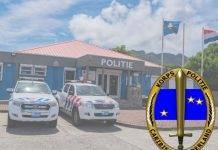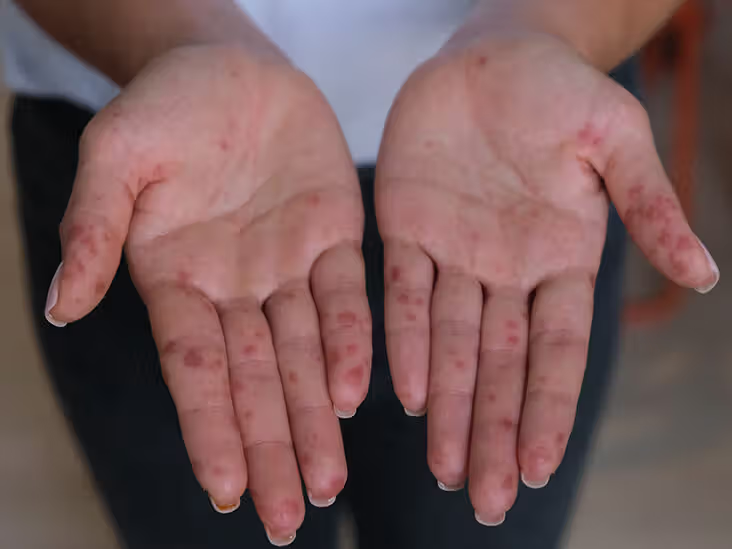Public Entity Saba is set to receive a Search and Rescue (SAR) Boat during the first half of 2025 to be used in the process of finding and rescuing people who are in distress on or in the water, such as in the case of vessel collision, passengers going overboard or a plane crash. This will be funded by the Dutch Government via The Ministry of Infrastructure and Water Management (IenW) following research done during 2018 and 2019 by Marius Sliedrecht (IenW, Aviation department) which revealed the need for a SAR vessel. Based on the plan (2021/2022) formulated by Project Leader, Hans Schreuder, there will be a budget not only for a vessel but also for maintenance, certified yearly training of the crew and professional equipment. Alongside this, a professional management organization will be established on Saba.
The launch of a SAR vessel marks a significant enhancement in the safety for both residents and visitors, fulfilling a long-awaited request from Saba. The importance of the vessel cannot be understated, as in cases of emergencies, the reaction time of the Dutch Caribbean Coast Guard may be lengthy and there are currently no formalized SAR operations on Saba, increasing the risk of those in distress while at sea.
Airport Manager, Maegan Hassell, stressed the importance of having a SAR boat available, especially due to the location of the Saba airport, as there is a requirement of the International Civil Aviation Organization (ICAO) that “where an airport/aerodrome is located close to water, and where a significant portion of approach or takeoff operations takes place over these areas, a plan should be in place which includes the ready availability of, and coordination with, appropriate specialist rescue services”. The easy accessibility of this new vessel would then increase efficiency for maritime rescue operations.
The emergency vessel, the Habbeké Fast Rescue Craft 903, will be a minimum 30-foot boat, specially crafted to handle Caribbean waters, as well as the salt from the ocean, strong winds and high temperatures. It will have the capacity to hold 21 persons and 4 people of the rescue team and will be locally maintainable. The open console boat, with two Volvo Penta 270 hp engines, will have jets instead of propellers for safety reasons. A similar rescue boat is currently in use by the Civil Rescue organization of Curaçao since 2015. The boat should take between 9 to 12 months to be built, with the goal of being fully operational within the first half of 2025.
Training in SAR operations will be offered to a crew of 4 people, via a transparent selection process, with the goal of growing to 8 crew members in total. This training will be held in collaboration with the KNRM (Royal Netherlands Sea Rescue) who will facilitate a certified training for Saba and Sint Eustatius in their own specific waters. Further collaboration between Saba and Sint Eustatius will occur through management and sharing technical and maintenance capacity.
Governor Jonathan Johnson expressed his gratitude to the Ministry for the funding and for the assistance of Hans Schreuder in involving the stakeholders during the process.
“We realize the local situation and the need to ensure international requirements are met. Through patience and persistence, we will actualize a necessary resource for our island,” said Governor Johnson.































